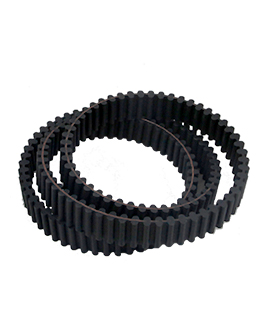The materials used for timing belts are important for synchronizing the rotating motion of the crankshaft with that of the camshaft. This ensures that the intake/exhaust valves open and close at the correct periods. The timing belt is also important for determining the pace of the engine, and must be strong enough to operate under high temperatures and rotational speeds.
The use of multiple types of rubber materials is essential to the longevity of timing belts. Different types of rubber compounds provide greater strength and traction, while reinforcing fibers guard against shearing teeth. However, timing belts made from rubber can easily break. Therefore, it is important to replace them if they are too worn or damaged.
In addition to the size and type of timing belts, the belt material also matters. The best material for a timing belt is a non-magnetic material, and it should not be corroded. Also, the belt material must be resistant to heat, chemicals, and wear.



 English
English 中文简体
中文简体 عربى
عربى















